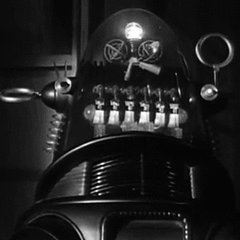Soldering Tips?
Go to solution
Solved by Unimportant,
8 minutes ago, Ampix0 said:How bad is the lead-free solder?
It's pretty bad and a large source of failure on modern electronics. Manufacturers are required by law to use lead free for a while now and the amount of dead stuff we receive due to dry/cracked solder joints skyrocketed since then. You can instantly tell when you see it, the joint looks dull, not shiny at all. The solder always acts "dry" - It's hard to explain - it feels more like syrup then proper solder.
In fact, the first thing we do when we have to replace a component on a broken lead-free PCB is to add lead solder to the joints first, otherwise it's simply unworkable.


















Create an account or sign in to comment
You need to be a member in order to leave a comment
Create an account
Sign up for a new account in our community. It's easy!
Register a new accountSign in
Already have an account? Sign in here.
Sign In Now